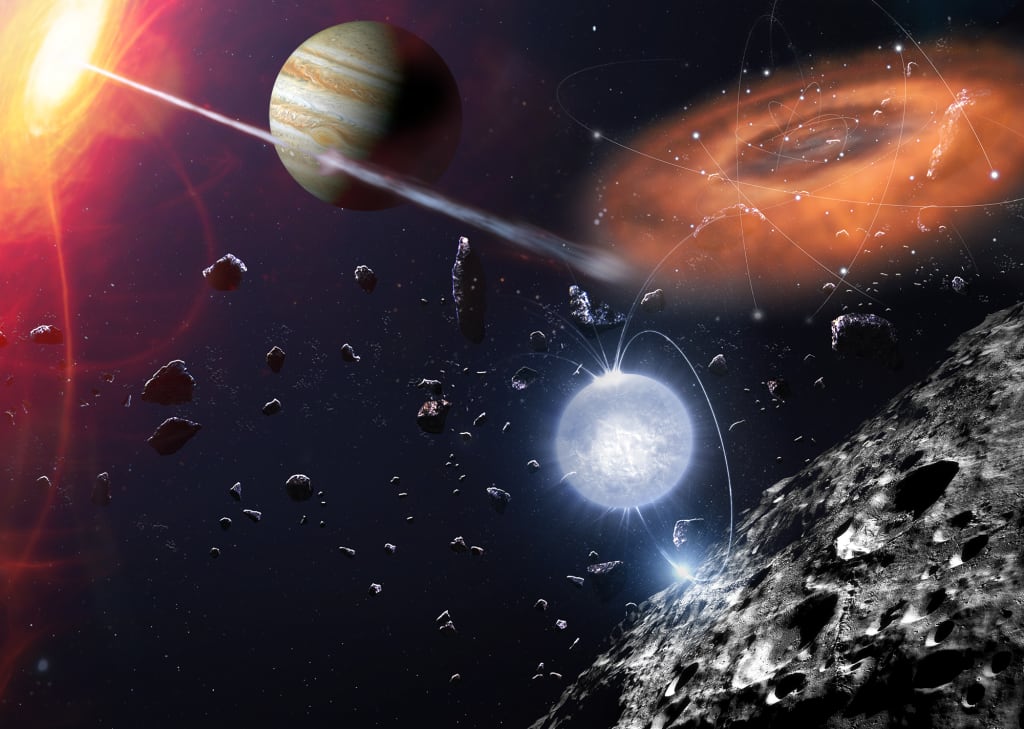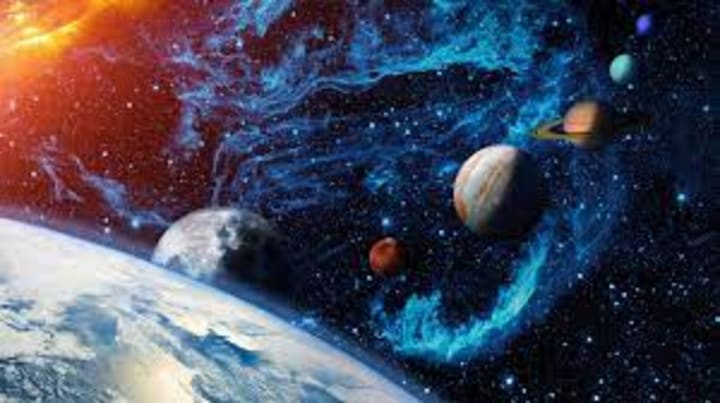
If the first picture of our galaxy's black hole, Sagittarius A, captured your attention, get ready because you will see and hear the terrifying supermassive black holes today. Here are 20 amazing space-related facts:
The Great Attractor is a gravitational anomaly that has the power to fundamentally alter our perception of space. This mysterious entity, which is part of the Laniakea supercluster, has the appearance of a hungry monster and is continuously consuming enormous amounts of matter, including the Milky Way and nearby galaxies, all within a 300 million light-year radius. It's like a Pac-Man eating galaxies, and we don't know how close we are to its gravitational grasp.
55 Cancri e and Space Mining: Consider a planet called 55 Cancri e where, over time, intense pressure has formed diamond-shaped carbon, making up nearly one-third of its composition. This exoplanet also has an atmosphere with water and oxygen similar to Earth's. Space law 114-90, which was prompted by the former president Obama, may someday make it possible for us to acquire diamonds from this far-off planet.
Amazing Space Sounds: Science fiction, frequently influenced by space, isn't too far from reality. NASA used a technique known as data sonification to provide us with aural recordings of stars and galaxies at the beginning of 2021. These celestial noises include the soothing hum of Jupiter, the mesmerising melody of Tabby's Star, the sinister rumble of a black hole, and the unsettling vibrations of twin galaxies.
Reaching out and touching the Sun: In December 2021, NASA's Parker Solar Probe reached out and touched the Sun, marking a historic first. This probe, which was built to withstand temperatures well over 2500 degrees Fahrenheit, managed to navigate the Sun's corona without breaking down. Even magnetic field and particle samples were gathered. This accomplishment moves us one step closer to learning the secrets of the Sun.
Double Black Hole Threat: In a cosmic turn of events, Earth faces a real but distant threat from two supermassive black holes. These enormous cosmic objects are hidden away, about 89 million light-years away, within the galaxy NGC 7727. The fact that they are the nearest supermassive black holes to Earth—just 1,600 light years apart—makes them exceptionally amazing. They will eventually unite into one enormous entity. TOTAL RECALL
Space Debris Challenge: Humans have left behind a lot of debris in space since the beginning of the space age in 1957. The European Space Agency calculates that approximately 900,000 objects of various sizes, ranging from satellite carcasses to rocket stages, are in orbit around Earth. Future space missions and even terrestrial communications are seriously threatened by this space debris.
Galactic Theft: Even for galaxies, space is a struggle for survival. Molecular gas from smaller, satellite galaxies is readily pilfered by larger galaxies. The International Centre for Radio Astronomy Research has confirmed that this stealing is essential for the development of new stars and the expansion of larger galaxies. The Rebirth of the Milky Way: Did you know that there was a time when star formation was absent from the Milky Way? Although it sounds like the end of the world, it's not. The formation of our Sun and other stars in the Milky Way was triggered by supernova explosions that introduced iron into the gas. That being said, the Milky Way will continue to exist for a very long time—at least until it collides with the Andromeda Galaxy, which should happen in about 4 billion years.
Mars's blue sunsets offer a different perspective from the planet's typically red surroundings.
A Priceless Resource in Space: Urine Astronauts in space utilise every available resource, even pee. Additional onboard oxygen can be produced by electrolyzing urine to separate its hydrogen and oxygen molecules. Moreover, it is possible to turn treated astronaut urine into potable water.
Reality of Star Wars: Do you recall Tatooine from the film series, with its two suns? Actually, reality can be equally fascinating. With three suns, the exoplanet Gliese 667 Cc is 22 light-years from Earth. Remarkably, this exoplanet has conditions—like breathtaking triple sunsets—that may be conducive to human life.

About the Creator
Enjoyed the story? Support the Creator.
Subscribe for free to receive all their stories in your feed. You could also pledge your support or give them a one-off tip, letting them know you appreciate their work.





Comments
There are no comments for this story
Be the first to respond and start the conversation.